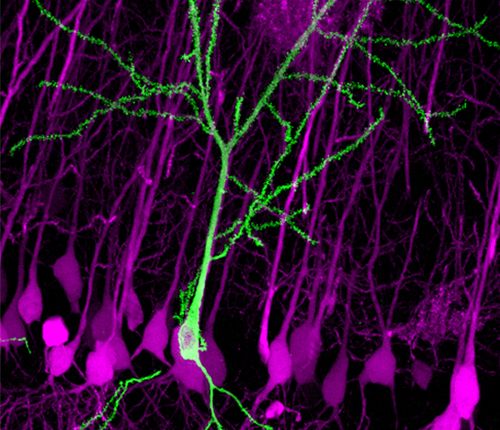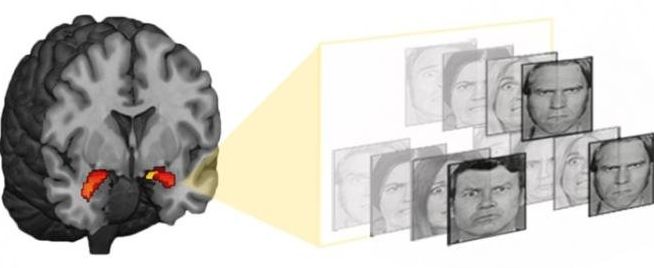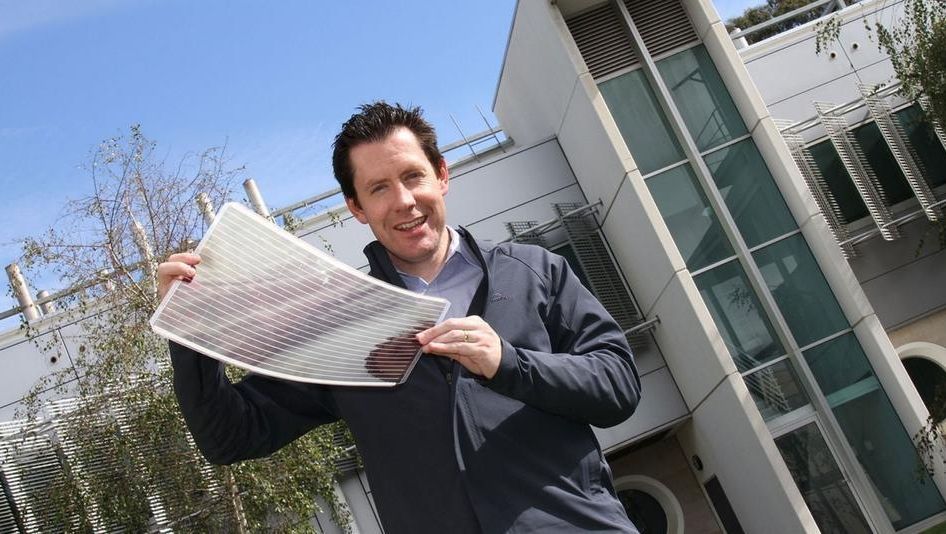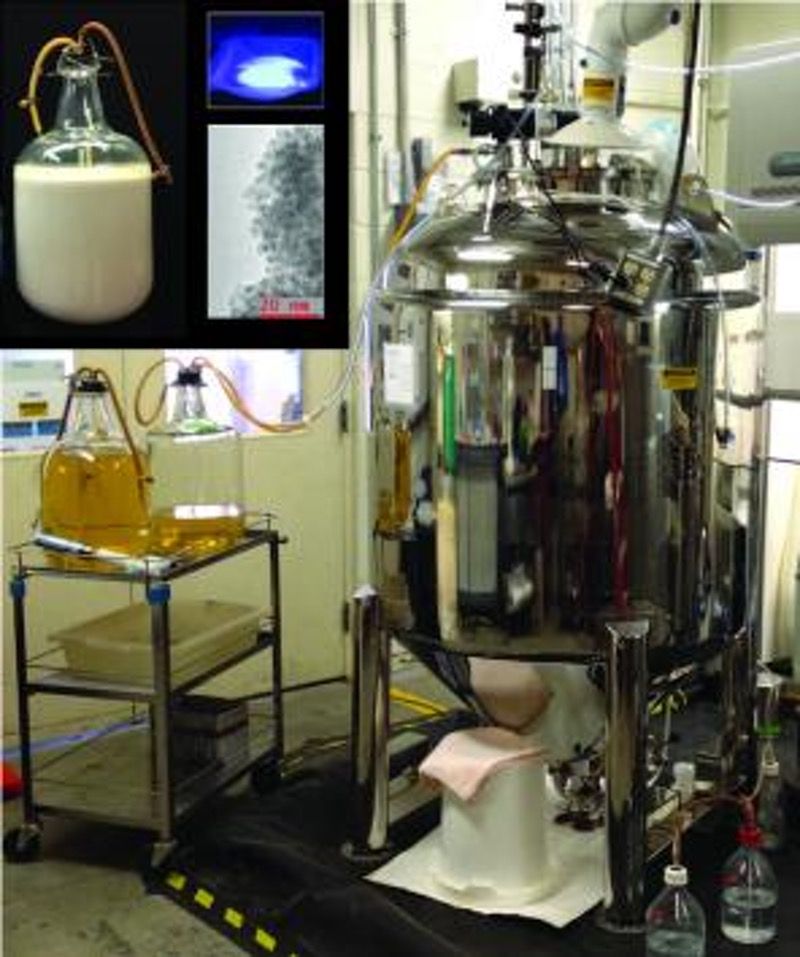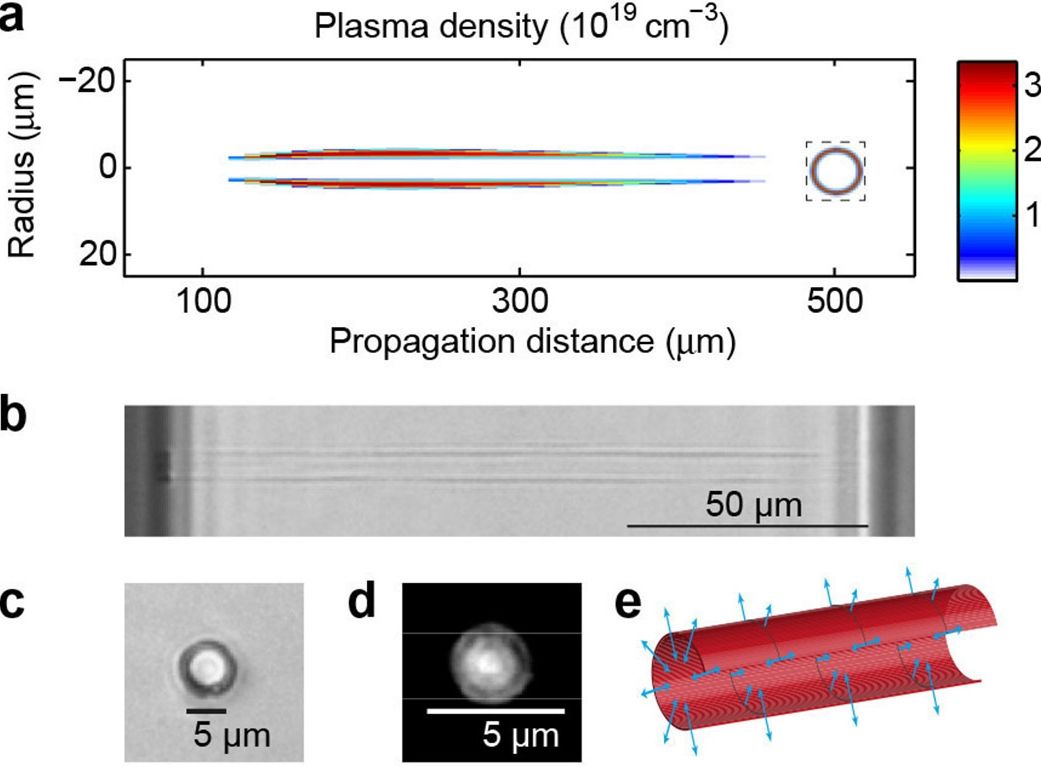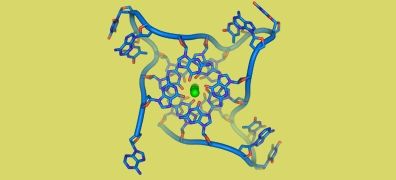
3D Stem Cells — definitely makes sense given the organ, skin graffe, etc. produce on 3D printers in today’s labs.
JERUSALEM – Israeli 3D printer firm Nano Dimension has successfully lab-tested a 3D bioprinter for stem cells, paving the way for the potential printing of large tissues and organs, the company said on Wednesday.
While 3D printers are used already to create stem cells for research, Nano Dimension said the trial, conducted with Israeli biotech firm Accellta Ltd, showed its adapted printer could make large volumes of high resolution cells quickly.
Continue reading “Israeli firms develop high-speed 3D printer for stem cells” »
